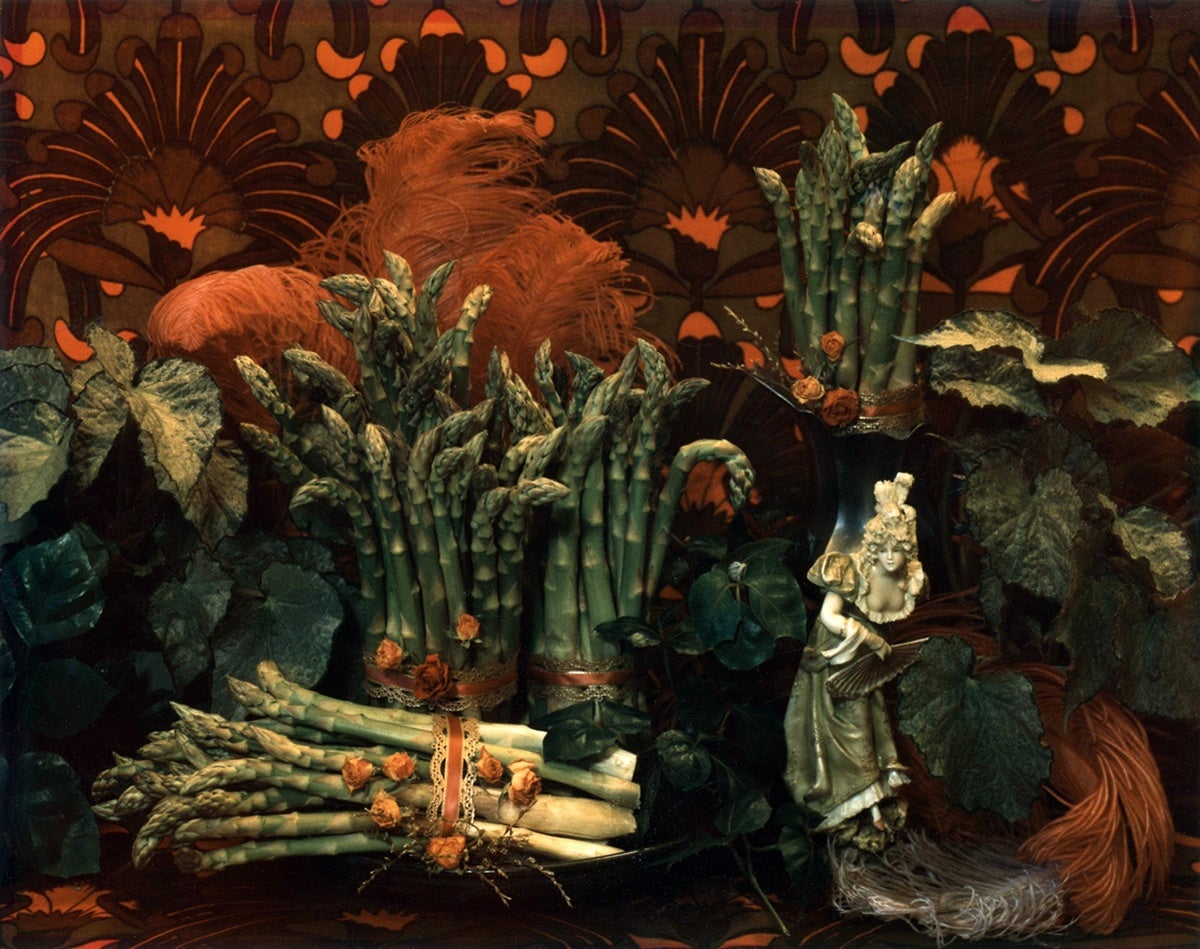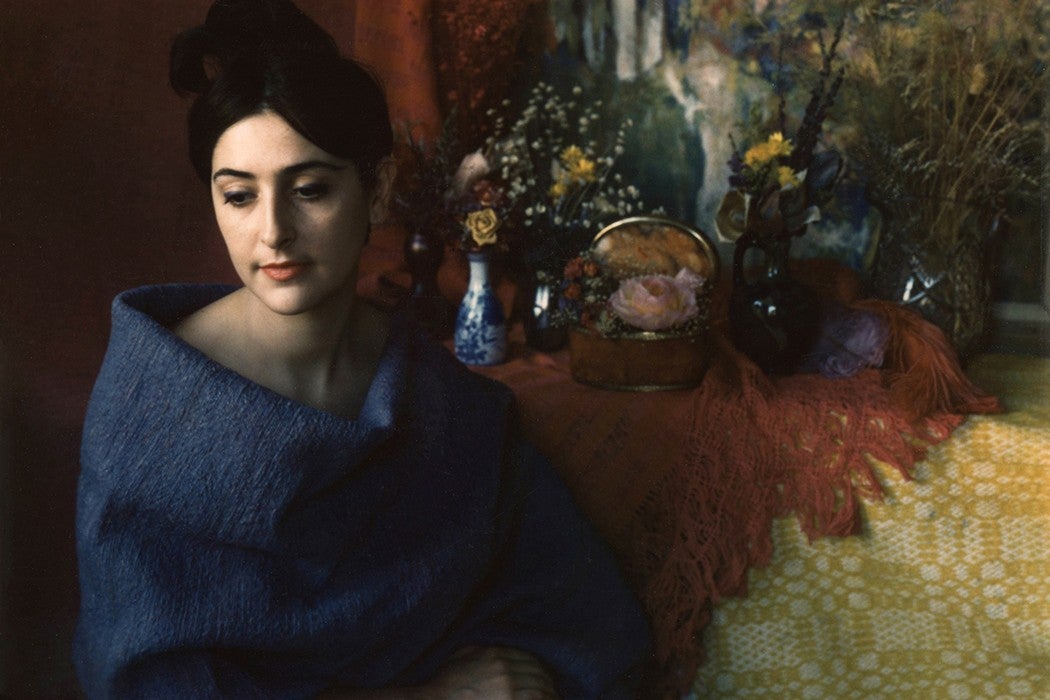Recently, photographer Marie Cosindas died at the age of 93. A student of painting, then of black and white photography under Ansel Adams, Cosindas became famous for turning color photography into an art form.
Though color photography had been available in various methods since the 1850s, black & white had remained the norm up until the 1950s and ‘60s. In 1962, Polaroid introduced their very first instant color film and invited some up-and-coming artists to work with it. Cosindas made such good use that it led to her first solo show in 1966.
“By 1968 she was one of the best-known photographers in the United States,” according to Tom Wolfe, who sat for a portrait. Other subjects include Tennessee Williams, Truman Capote, and Andy Warhol.
Cosindas, who worked as a designer until the 1960s, developed a fascination with the potential of the camera after taking a few vacation snaps as references for painting. She loved to work with traditional painterly subjects: still lifes with fruit bowls, arranged flowers, cascading fabrics, and of course extravagantly-dressed rich people.

In Aperture in 2013, Lisa Hostetler writes that “Cosindas’s portraits were known for their warmth and intimacy, and her still lifes suggested an air of reminiscence suffused with mystery.” Calling her photos “painterly” was a compliment at the time, since photography was still working its way towards artistic legitimacy. Today we would use the term to describe her work’s oil-like softness, the glow of her subjects, and the gentle shadows around them.
Cosindas could somehow conjure a golden sunset over Asparagus, a Caravaggio-style chiaroscuro for Ellen, Boston, and in a portrait of Yves Saint Laurent the luminous satin folds of a Vermeer. Princess with Doves, from 1966, seems to propel us forward to the portraiture of artists like Ren Hang—a little risque, a little surreal, a little melancholy.
In order to achieve these magical ends, she worked like a scientist: “most writers commenting on her photographs took pains to recount her carefully arranged compositions and color schemes, her use of filters to control the quality of light, and the adjustments she made to room temperature, exposure, and development times in order to affect the chemistry of the Polacolor.”
Hostetler chronicles Cosindas’s rise to fame and fall to obscurity, saying her “choice of instant color photography was something to be celebrated, but her subject matter was problematic: famous dandies, frilly dolls, and exotic masks were not the stuff of everyday life, and photography should devote itself to documenting ordinary scenes in situ if it wanted to put its best foot forward.” For a few decades, critics raved instead about candid-looking snapshots capturing the essence of Americana. Cosindas lived to see her work appreciated once more: in 2013, she landed back in the spotlight with a solo retrospective show and a lifetime achievement award, handed to her by Tom Wolfe.







